My visit of Srebrenica in March 2017 was an emotional rollercoaster ride. Nothing prepares you for facing over 8000 tombstones, one for each Muslim boy and man killed during a few days in July 2015. Srebrenica, this small Bosnian town, has since then become a synonym for genocide, for the single largest massacre to take place on the European continent since World War II. The same day brought incredible kindness from locals and a humorous run-in with an Austrian countryman.
Srebrenica Genocide
About 60.000 people gathered here at the beginning of July 2015, since the UN had declared it a „safe area“, which did not stop the Bosnian Serbian Army to march into Srebrenica anyway. On July 11th, about 25.000 refugees escaped to the nearby village of Potocari where the UN soldiers were stationed, conditions were indescribable in the extreme July heat, rumors of killings and rape spread like wildfire.
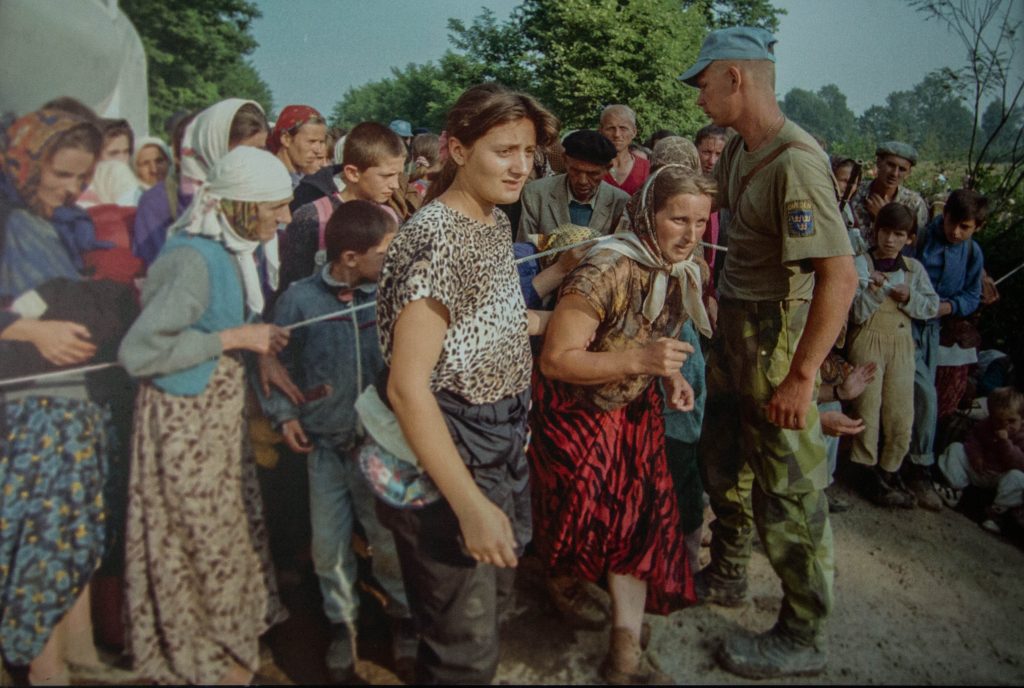
Photos taken in 1995 of refugees to the UN headquarters in Potocari, displayed at the Memorial Hall in Potocari
On July 12th the Bosnian-Serbian Army started separating the men from the women and rounding them up. Realizing what was about to happen about 10.000 men tried to escape through the mountains to the “free” city of Tuzla, but were soon ambushed. Only a few made it to Tuzla, those who were in the first part of the trek of refugees. Apart from the massacre between 25,000-30,000 women were expelled from the region in a massive ethnic cleansing campaign.
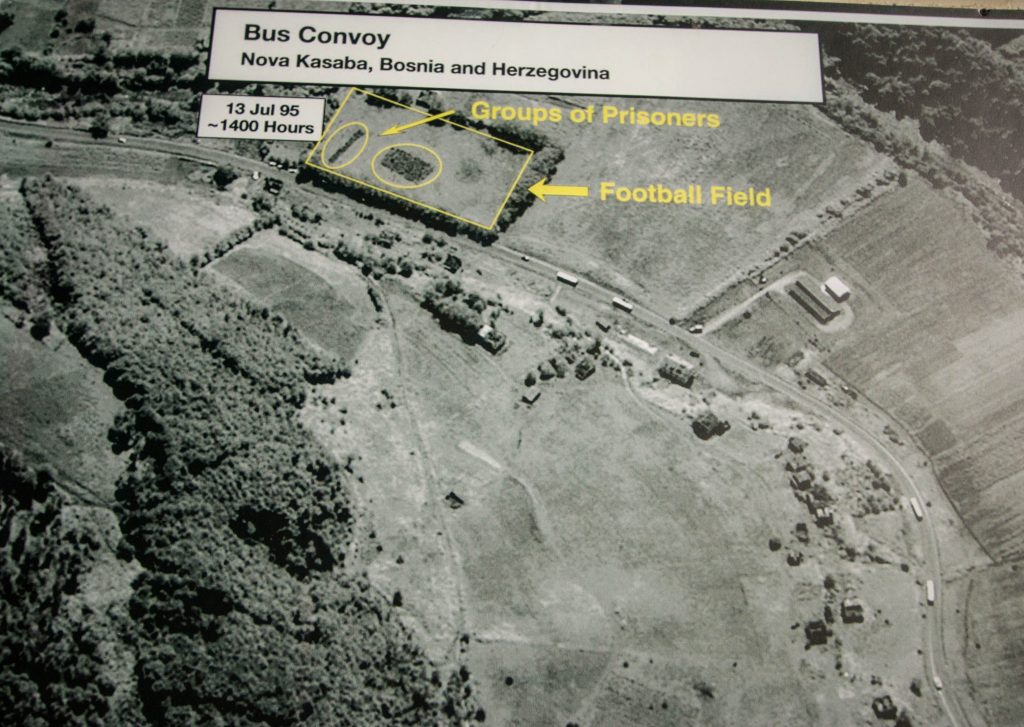
Surveillance photo July 1995 showing how the prisoners were rounded up , displayed in Memorial Hall in Potocari
Memorial site and cemetery in Potocari
To walk through the endless rows of bleach white tombstones was an extremely emotional experience for me, the enormity of this crime simply seeped in and I could not stop crying. It was beyond my imagination how those families felt that were visiting the graves. It was a cold and rainy East Sunday and only a few people were there, among them a small group of young Muslims from Germany who were guided through the memorial site by the son of a victim.
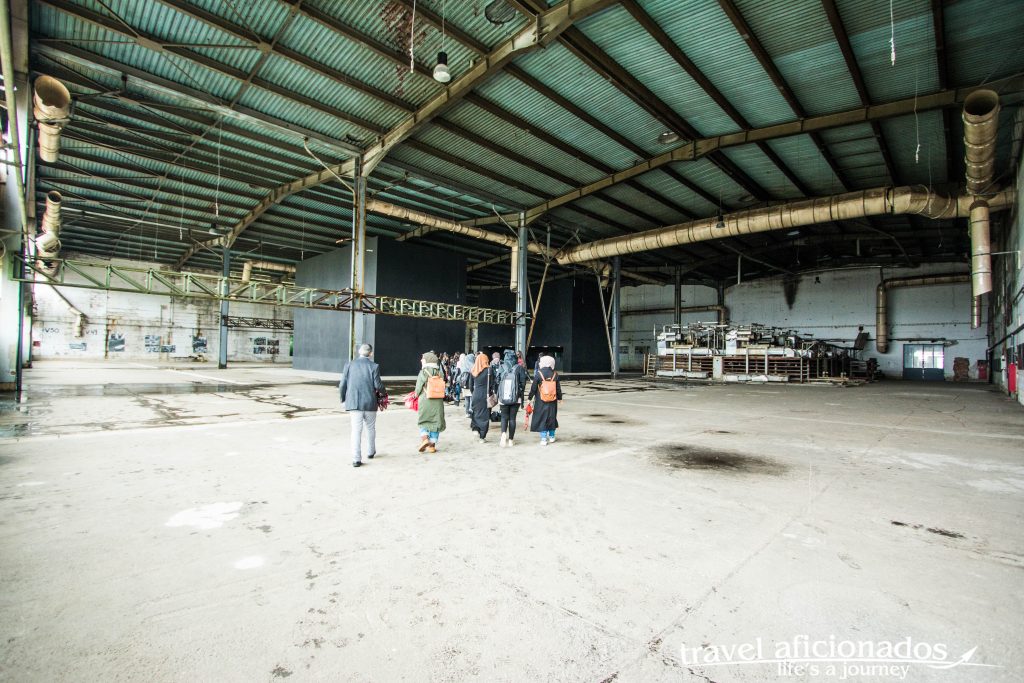
Memorial Hall in Potocari, testimonials of survivors are played and photos taken in 1995 and of the funerals in 2003 are displayed
In the memorial room across the road from the cemetery I had the chance to watch and listen to testimonials from survivors, extremely disturbing.
A few large photos on the wall of this former battery factory give testimony of the situation among the refugees in July 2015. Portrayed were mainly women and children, their eyes full of terror and fear for their husbands and sons, who had been separated from them.
Equally disturbing is the thought of how the people of Srebrenica go through their lives with this horrendous experience, especially new graves are still found and the process of identifying the victims continues.
When taking the bus back to Sarajevo I passed the memorial again and was shocked by the vast extent of the cemetery, which only became obvious when driving by.
An Easter egg that meant everything to me
I arrived in Srebrenica in torrential rain on Easter Sunday 2017 by bus from Sarajevo. No umbrella, no rain gear, no taxi, no restaurants in sights, not even an indoor area at the bus station, not a soul in the street. I waited under the roof of a kiosk already soaking wet when a young girl walked by. I muttered the words “restaurant?” in her direction, which she answered with an inviting wave with her hand. I sprinted after her, through puddles, soaking wet, afraid I might not be able to keep up. Suddenly she stopped, turned around, she could tell I was close to tears, she held a red Easter egg in my face. This young lady will never know that this gesture meant everything to me in this situation. The egg had a special place in my fridge and every time I looked at it, it made me smile and brought happiness to my heart.
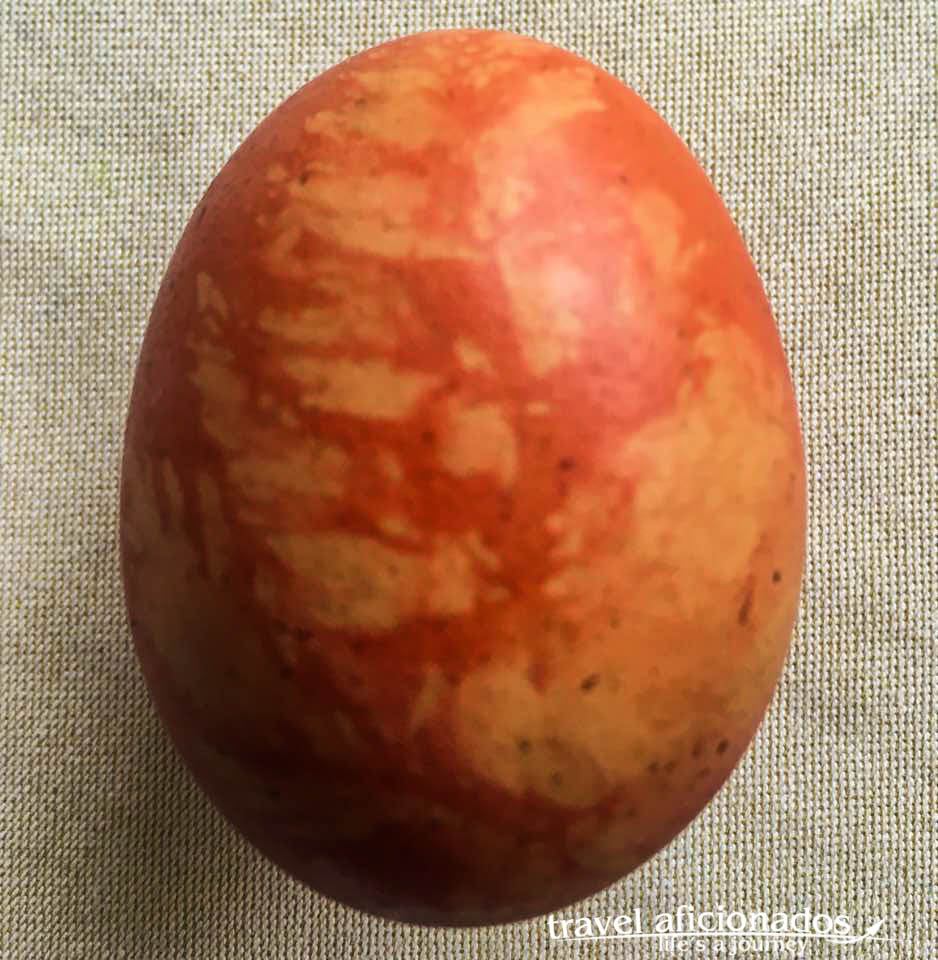
The very Easter egg presented to me by an unknown lady, who guided me to a restaurant in torrential rain
An equally surprising experience I had in the restaurant where I ended up. It was frequented mostly by locals and a group of what seemed to me tourists from Turkey, because they spoke Turkish and all the women wore a head scarf. When I paid at the bar one of them asked me in English where I was from. My brief answer “from Vienna”. triggered a loud laugh and a super short reply “mia a”. Translated from Viennese dialect into proper German this means “we also”. Well, lesson learned: not everything ss what is seems.

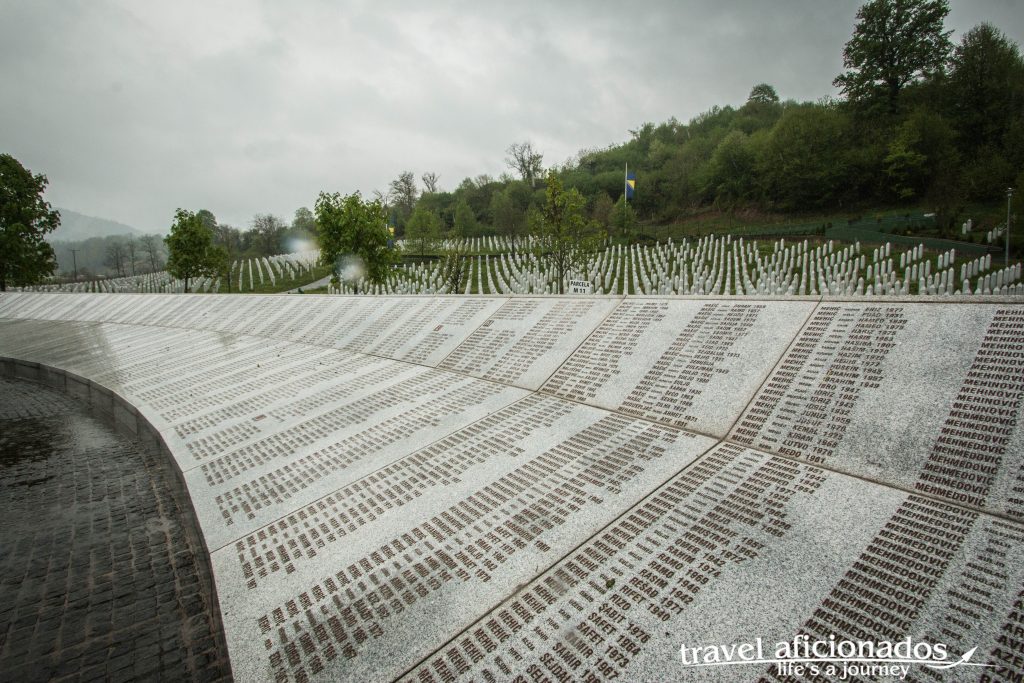
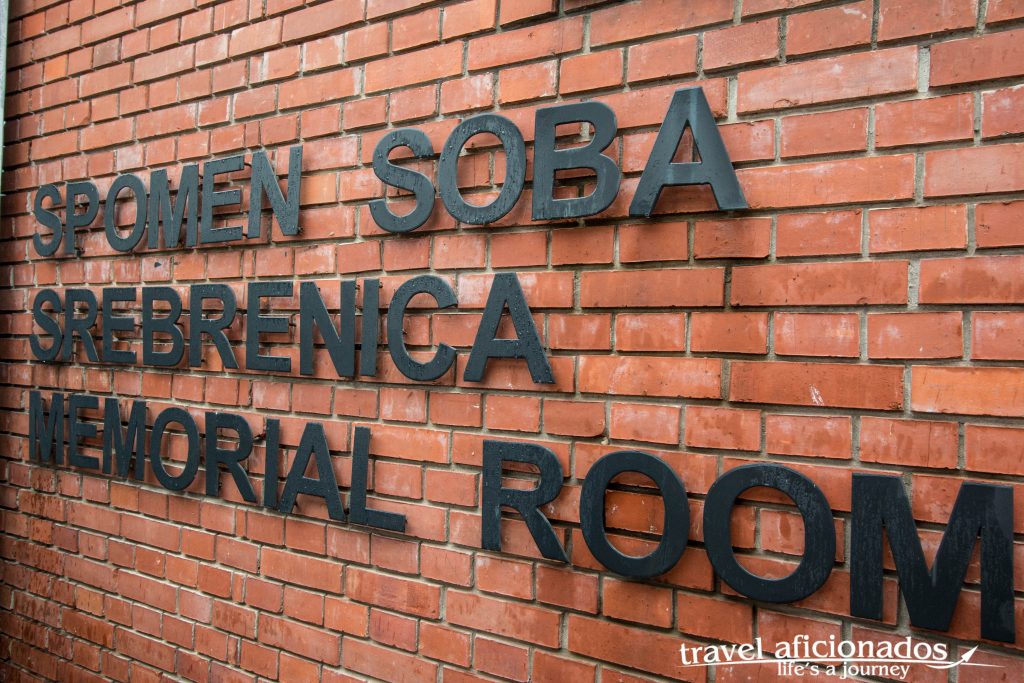
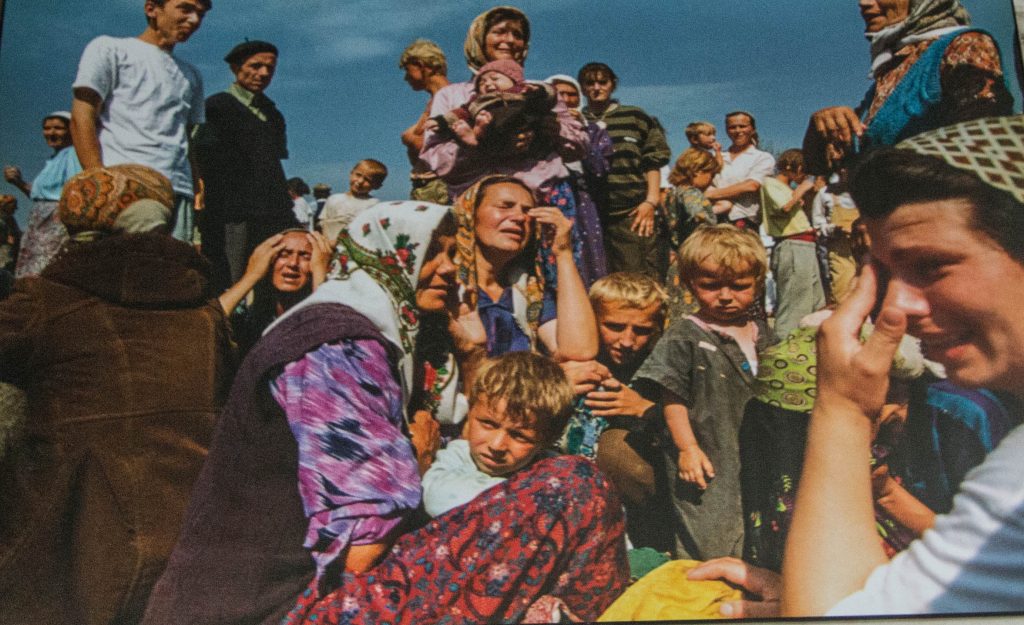
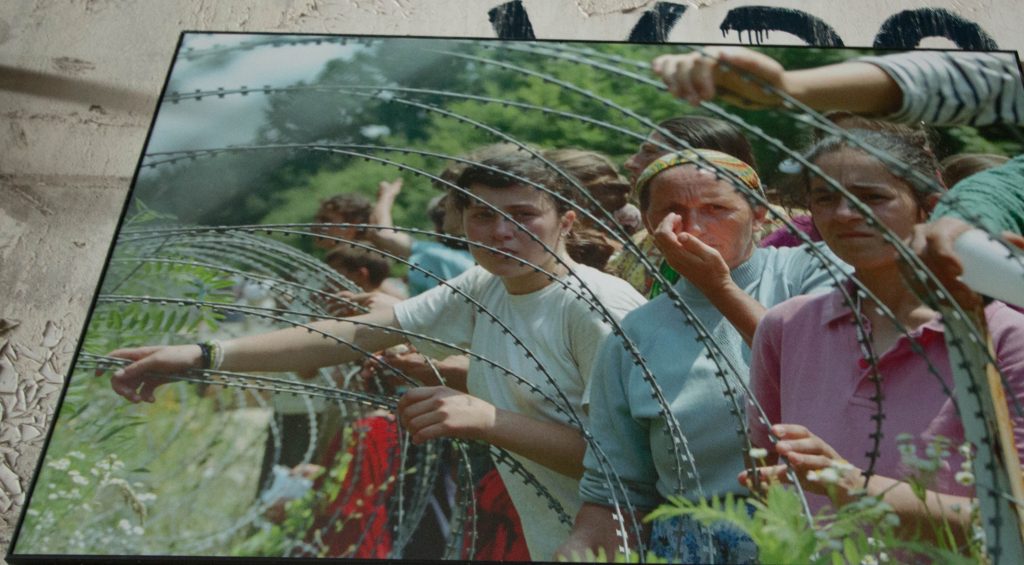
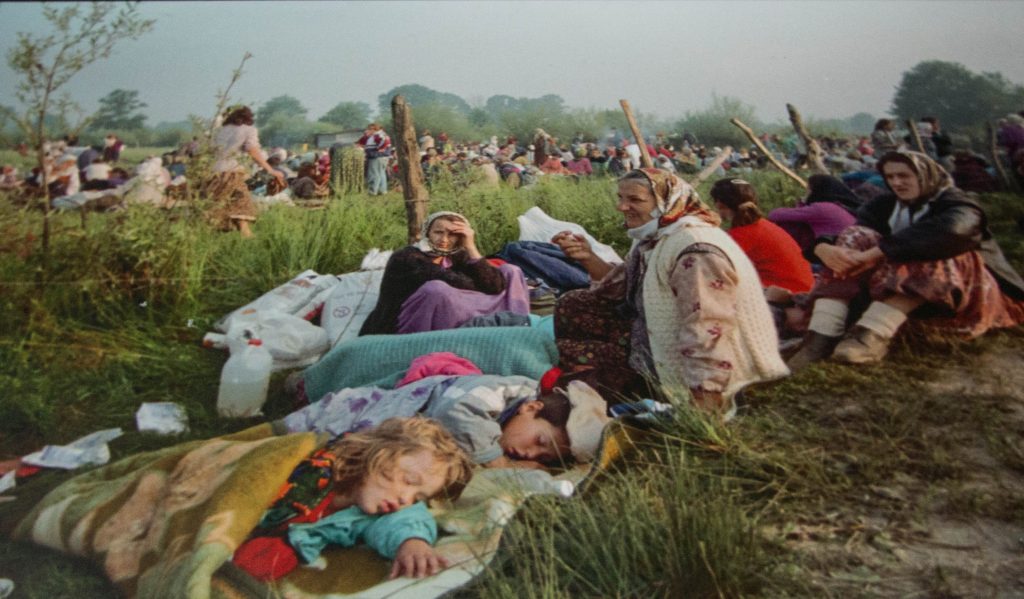
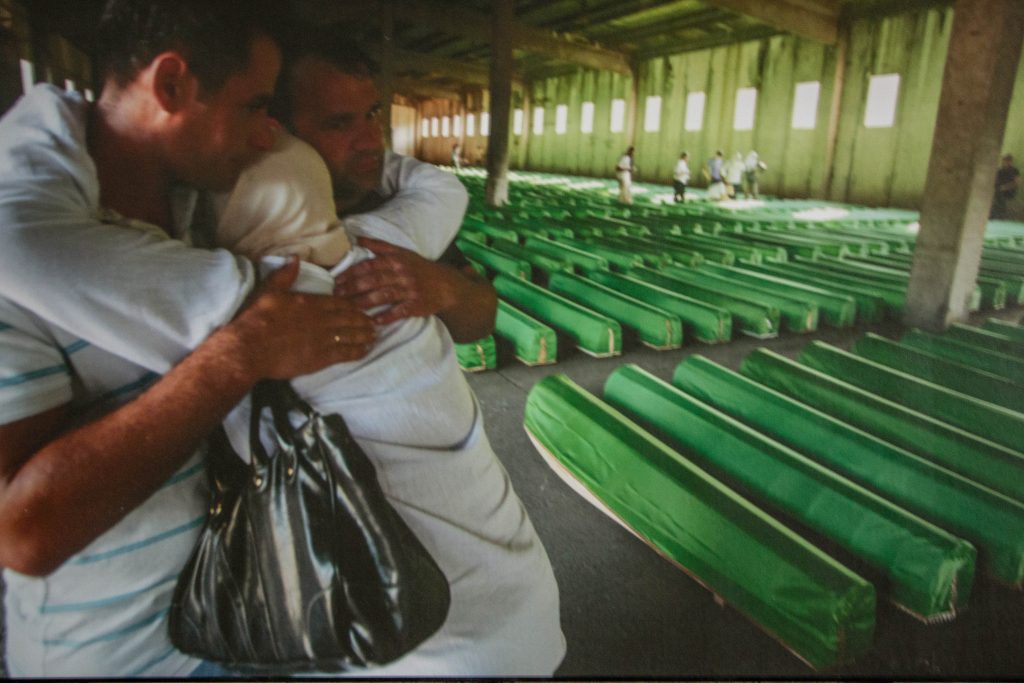
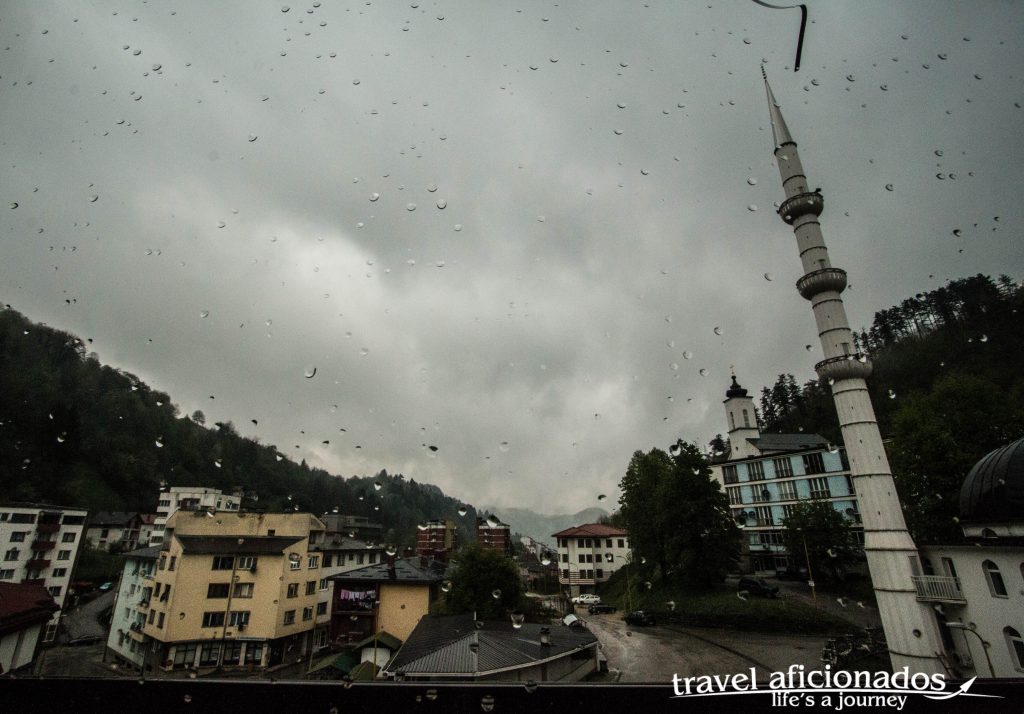
No comments yet.